858.8k
858.8k
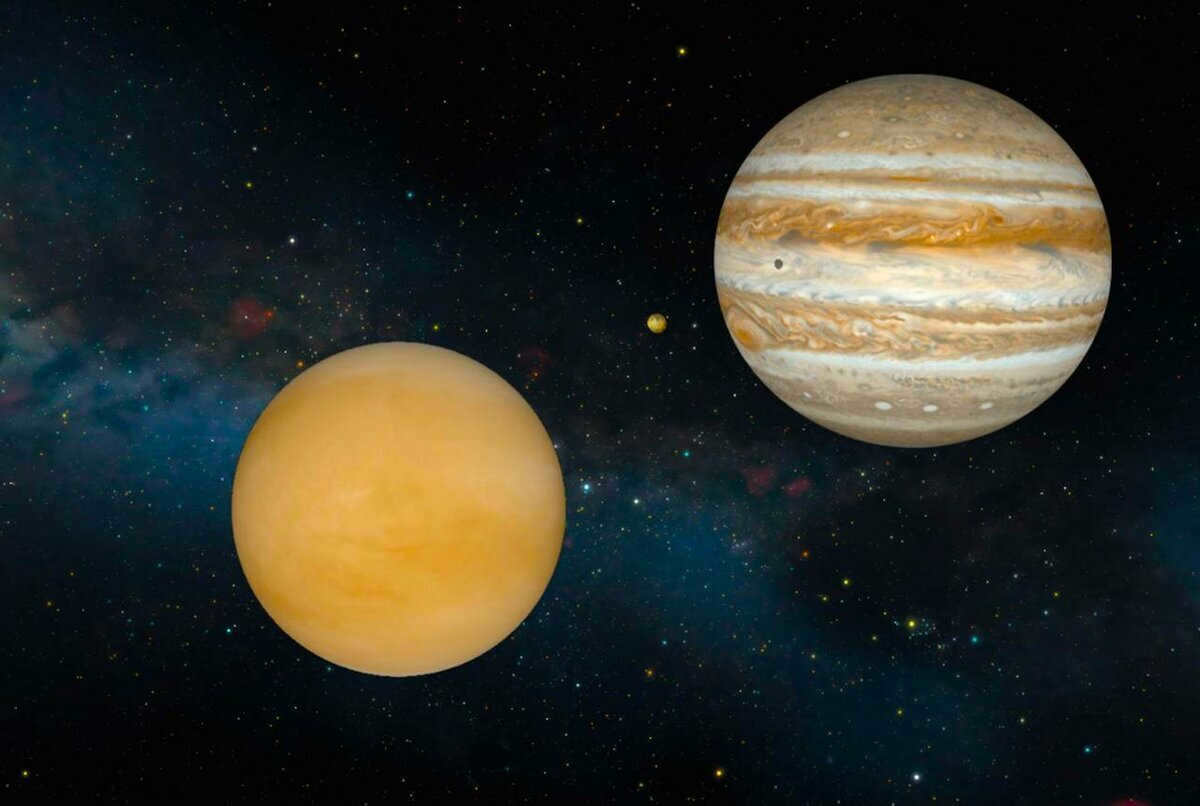
In the first month of spring, there will be some fascinating and unusual events happening in outer space.
Venus and Jupiter Convergence on Thursday, March 2, 2023 – Time and Location to Observe
Specifically, today, March 2nd, there will be a close convergence of two planets: Venus and Jupiter. These celestial bodies will be only 29.4 angular minutes apart.
You will be able to witness the convergence of Venus and Jupiter between 18:30 and 21:00 Moscow time from the appropriate latitude. The planets will be positioned approximately 20 degrees above the western horizon. What’s interesting is that we will be able to observe them in this way for two weeks. Once the sun sets, Venus and Jupiter will become clearly visible to the naked eye.
Neptune aligns with the sun
However, this celestial event is not the sole phenomenon occurring in the spring of 2023. Starting from the 16th, Neptune will come within a mere 1°10' of the Sun. Consequently, for several weeks, the diminutive planet will remain obscured from view due to the radiant glare of the solar disk.
It is during this specific alignment that Neptune attains its farthest distance from Earth.
The Sun and Mercury are in conjunction
On March 17, a similar event will occur with Mercury: the smallest planet in our solar system will align with the Sun in an upper (outer) conjunction. Mercury will be positioned 1°28' away from the center of the cosmic system and will be completely invisible to the naked eye. During this alignment, Mercury will also be at its farthest distance from Earth.
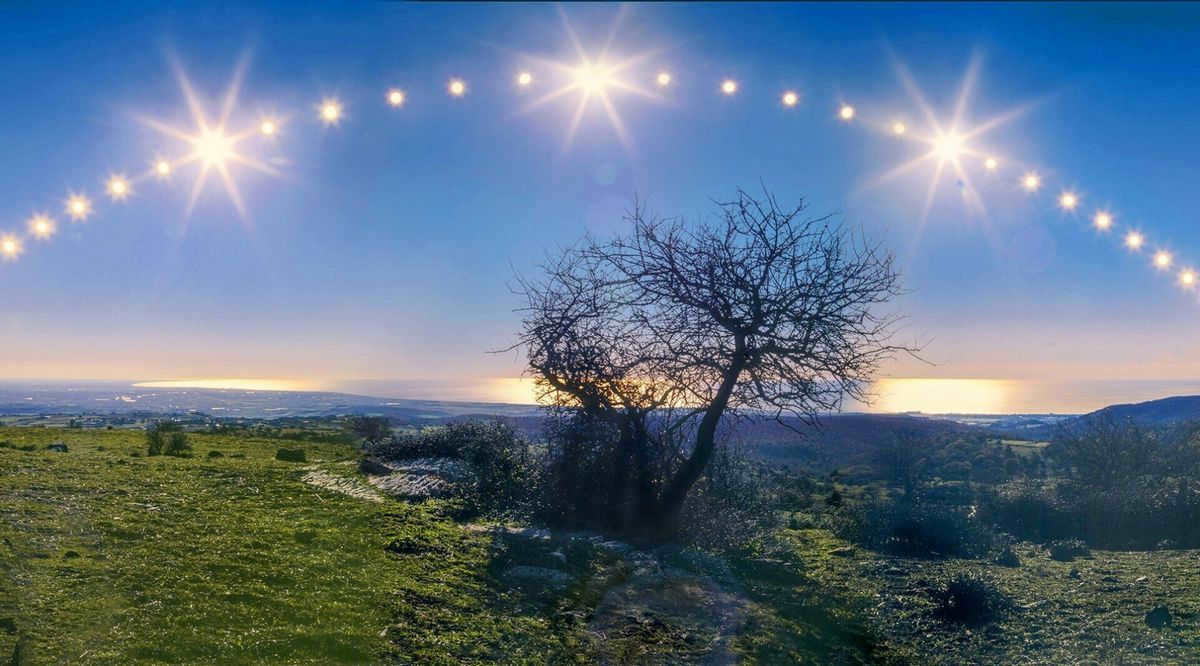
On Tuesday, March 21, 2023, at 00:24 Moscow time, observers on Earth will be able to see that the Sun has crossed the equator. This event marks the arrival of the vernal equinox.
This particular moment signifies the beginning of astronomical spring in the Northern Hemisphere, while the Southern Hemisphere experiences the start of astronomical fall.
In the Northern Hemisphere, where we are located, the length of daylight hours increases while the duration of nighttime decreases. This effect is more pronounced the further north you go.
This natural phenomenon is what has given St. Petersburg its famous reputation for White Nights.
However, if you have ever been to Karelia or the White Sea coast, you would know that the true White Nights can be experienced there!
The photograph below captures a typical white night on the White Sea:

Eclipse of Venus by the Moon in March 2023
At the end of March, specifically on March 24, there will be another fascinating cosmic event – the moon’s eclipse of Venus. If the weather in the capital is clear, some residents will have the opportunity to witness the convergence of the Earth’s satellite and the planet from the solar system.
However, this type of eclipse is generally not visible from the ground.
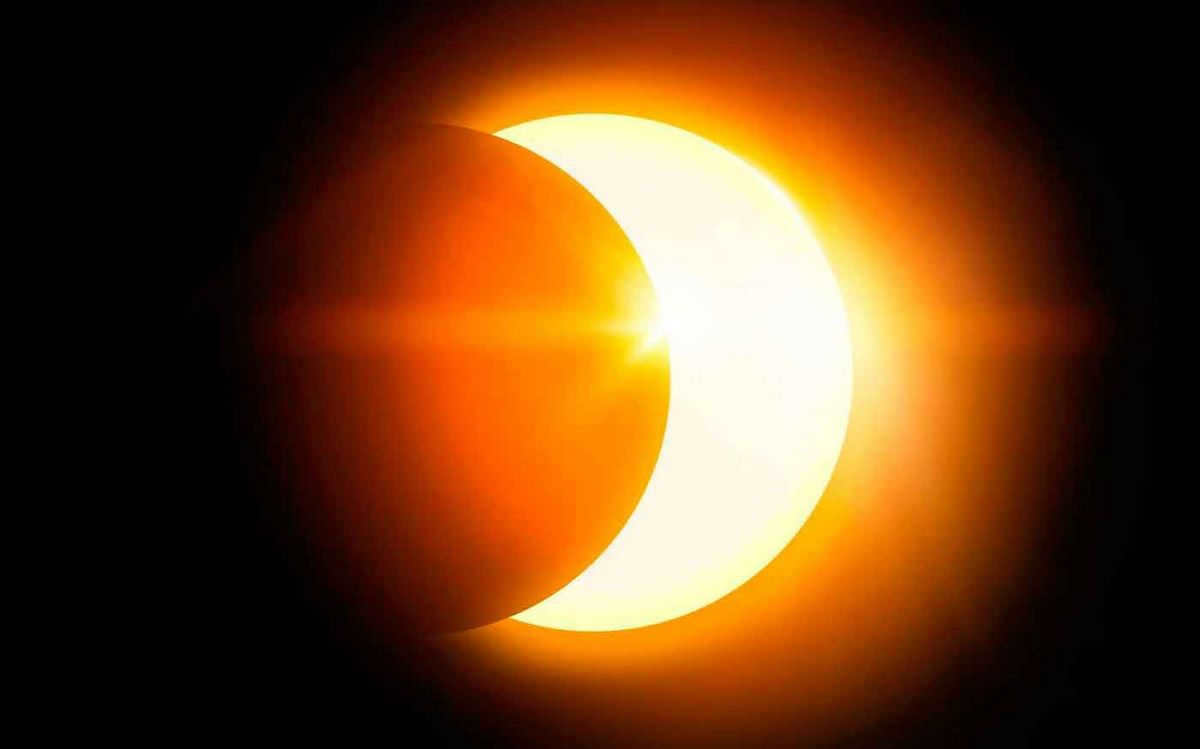
Introducing you to an exclusive calendar of the major celestial events in 2023.
February
During the initial days of the month, people on Earth will be treated to a delightful astronomical surprise as the naked eye will have the opportunity to witness the comet C/2022 E3 (ZTF). On February 2, the comet will be at its closest point to Earth, with a distance of 42 million kilometers between them.
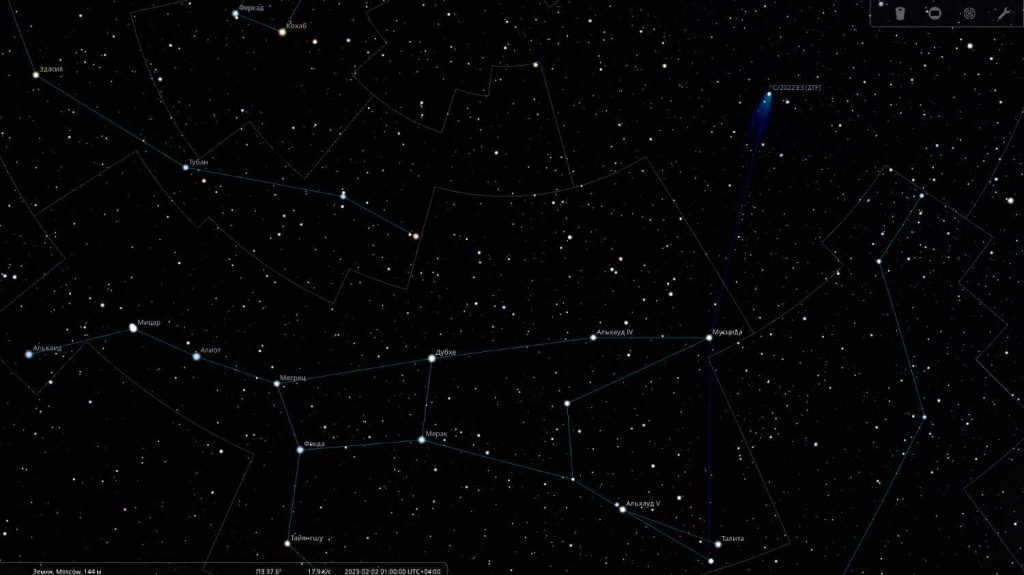
During the evening of February 1st to February 2nd, the comet C/2022 E3 (ZTF) will reach its peak brightness, with a stellar magnitude of 4.94m. This celestial event will be observable in the direction of the Giraffe constellation.
April 20th is set to bring us an extraordinary phenomenon – a hybrid solar eclipse. This celestial event will showcase its magnificence in the southeastern Indian Ocean, Australia, East Timor, Indonesia, and the western Pacific. The full phase of this eclipse will grace us for an impressive span of 1 minute and 16 seconds.
Regrettably, residents of the CIS countries will not have the opportunity to witness this breathtaking spectacle.
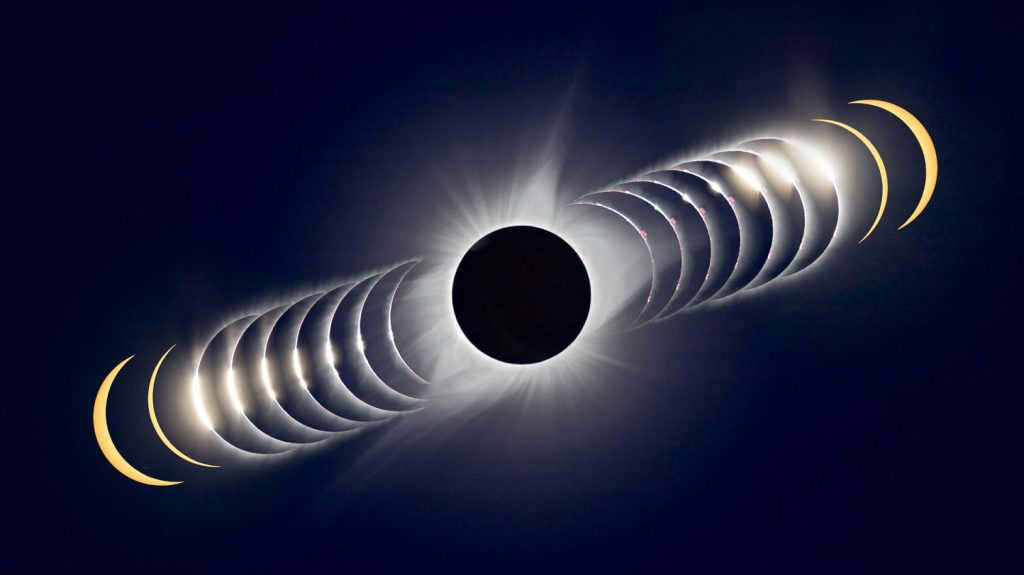
A unique and uncommon phenomenon, a hybrid solar eclipse showcases a fascinating transformation as the shadow of the Moon travels across the Earth’s surface. At the beginning or end of its path, the eclipse takes on the form of an annular eclipse, while in the middle it becomes a total solar eclipse.
During the night of April 22nd through April 23rd, skywatchers can also witness the peak of the Lyrid meteor shower. This celestial event is expected to bring around 18 meteors per hour, with the meteor shower originating from dust particles left behind by comet C / 1861 G1 (Thatcher). The radiant point of the meteor shower is the constellation Lyra. Fortunately, the new moon phase on this day will provide optimal conditions for observing the meteor shower without any interference from the Moon’s brightness.
May
May 5. – there will be a penumbral eclipse of the Moon. The maximum penumbral phase will occur at 20:23 Moscow time. This eclipse will be visible across most of Russia.
A penumbral lunar eclipse happens when the Moon passes through the Earth’s penumbra. This kind of eclipse is not very noticeable: the Moon only becomes slightly darker than normal.
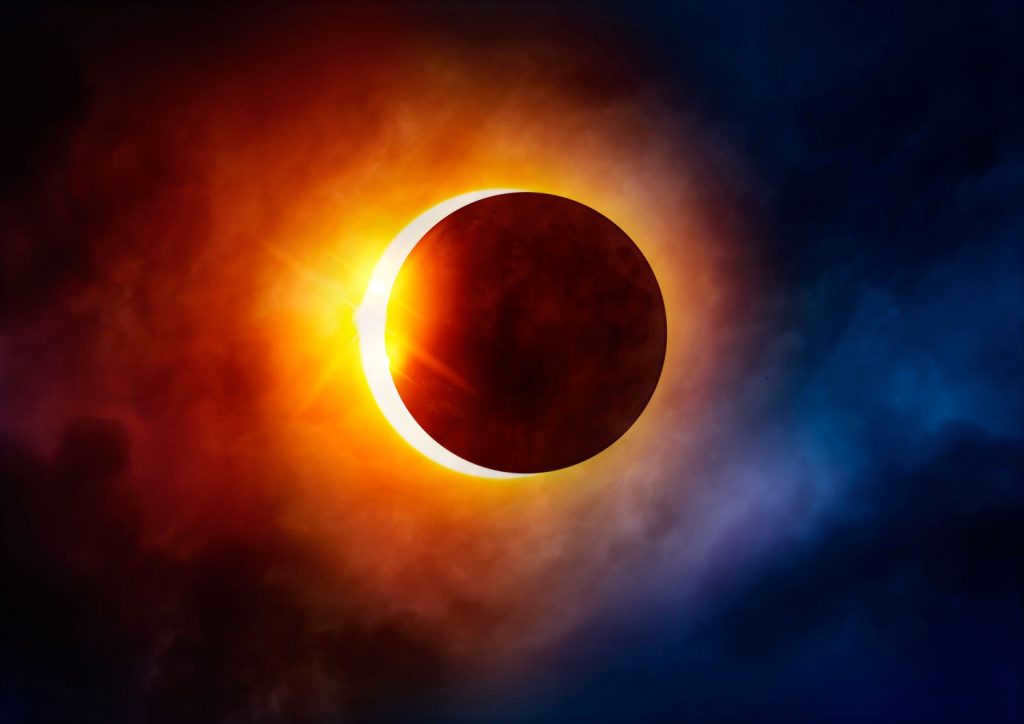
During the night of May 6-7, we will have the opportunity to witness the peak of the Aeta Aquarida meteor shower. It is estimated that around 50 meteors will be visible per hour. Unfortunately, the illumination from the full Moon will hinder our ability to fully appreciate the wonders of stargazing. This meteor shower is caused by the remnants of dust particles left behind by Halley’s comet. The radiant point can be found in the constellation Aquarius.
June 4th – On this day, Venus will reach its evening (eastern) elongation, with an angular distance of 45.4 degrees from the Sun. This presents a great opportunity to observe Venus, as the planet will appear high above the horizon shortly after sunset.
July
July 30th – The peak of the Southern Delta Aquariids meteor shower is expected on this date, with up to 25 meteors per hour. The meteor shower originates from the short-period comet 96/P Machholz, which completes a revolution around the Sun every five years. The radiant point of the meteor shower is located in the constellation of Aquarius. However, the almost full Moon on this day may hinder observations of the meteor stream.
August
The night of August 12-13 brings the Perseids meteor shower, which is expected to produce up to 100 meteors per hour. The Moon will not hinder observations as it will be in the waning crescent phase.
The Perseids are created when the Earth passes through a cloud of dust particles released by the comet Sfifta-Tuttle. These tiny particles burn up in the Earth’s atmosphere, creating a spectacular display of “falling stars”.
On August 27th, Saturn will make its closest approach to Earth. In the night sky, the planet will appear brighter than usual and can be observed throughout the night. With a small telescope, you can even see Saturn’s iconic rings and some of its brightest moons.
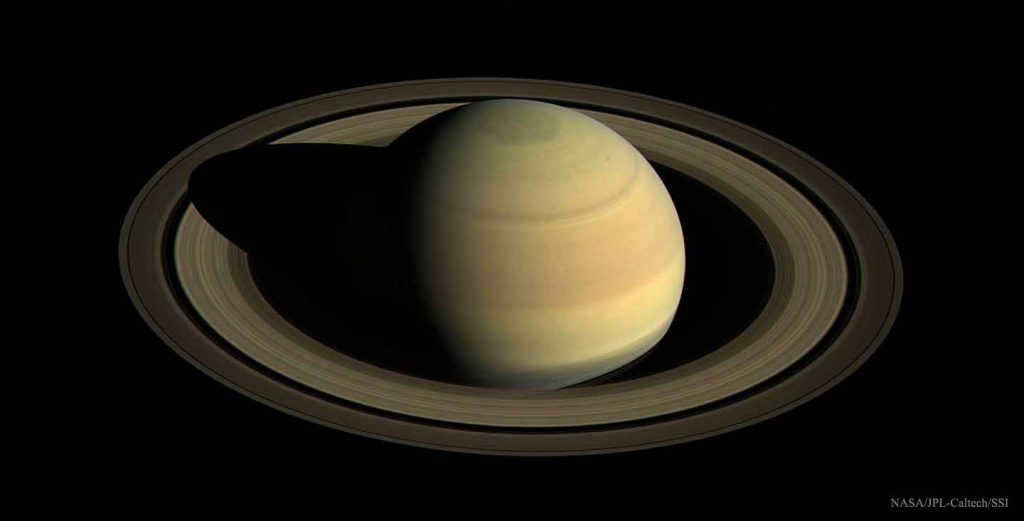
On August 30th and 31st, we will have the opportunity to witness the largest full Moon. It will be a Super Moon, occurring when the Moon is at its closest distance to Earth in its orbit, known as the perigee. The Moon will be visible on August 30th at 18:52 Moscow time, and the full Moon phase will occur at 04:37 Moscow time on August 31st.
A Super Moon is an astronomical event where the full or new moon coincides with the moment of closest approach to Earth. As the Moon orbits the Earth in an elliptical path, the distance between the two bodies varies. When the Moon reaches its closest point to Earth and aligns with the full moon phase, we can observe a larger and brighter Moon in the night sky.
October
October 9 – The Draconidae meteor shower will reach its peak, with an expected rate of about 10 meteors per hour. The shower originates from comet 21P/Jacobini-Zinner, and its radiant is located in the constellation of the Dragon. Fortunately, the waning sickle of the Moon will not obstruct observations.
October 14. – There will be an annular solar eclipse, which will occur from 18:05 to 23:55 Moscow time. The maximum phase of the eclipse will take place at 21:00 Moscow time. This celestial event will be visible in North and South America, as well as in the water areas of the Pacific and Atlantic Oceans. Unfortunately, the eclipse will not be visible in Russia.
October 21-22 – the height of the Orionids celestial show. We can expect to see around 20 shooting stars per hour. The meteors originate from Halley’s comet. They appear to radiate from the Orion constellation. At the peak of the event, the Moon will be half lit and will set shortly after midnight, allowing for uninterrupted stargazing throughout the rest of the night. The best time to observe the Orionids is from midnight until dawn.
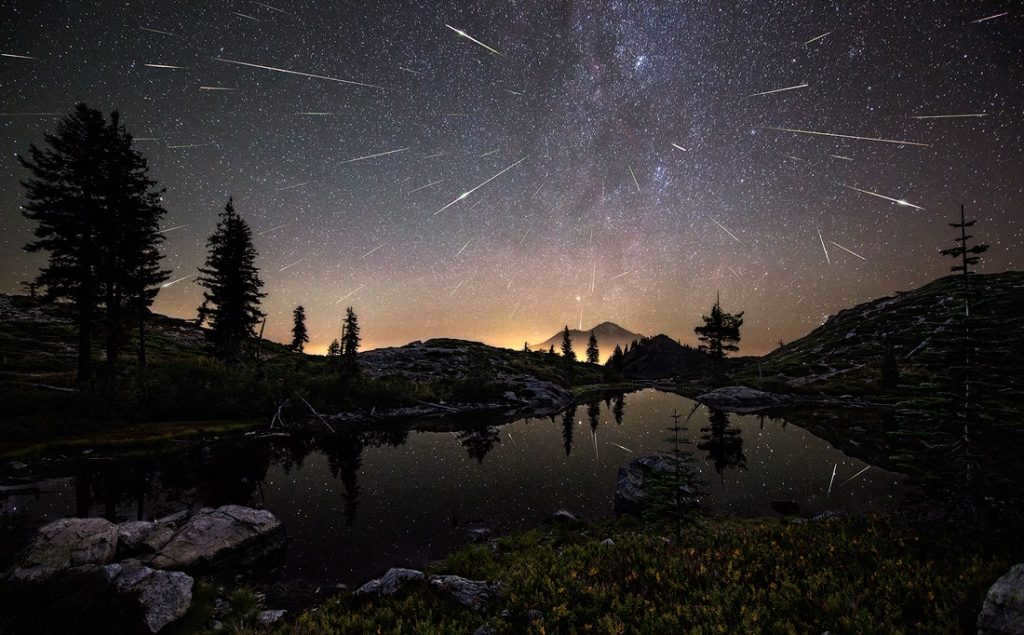
On October 23rd, Venus will reach its morning (western) elongation, with the planet being 46.43 degrees away from the Sun. This day offers the best opportunity to observe Venus during the fall season, as it will be positioned high in the morning sky above the horizon. To spot Venus, look towards the eastern part of the sky before sunrise.
On October 28th, there will be a private lunar eclipse. During this event, the Moon will pass through the Earth’s shadow between 22:36 and 23:53 Moscow time, with the peak shadow phase occurring at 23:13 Moscow time. This eclipse is particularly favorable for observations from Russia, as residents of Russia and CIS countries will be able to witness all phases of the eclipse.
On November 18, the Leonids meteor shower will reach its peak, with an expected rate of 10 meteors per hour. This meteor shower is caused by the comet 55P/Tempel-Tuttle, and its radiant is located in the constellation Leo. Fortunately, the Moon’s growing sickle will not significantly affect observations during this time.
December
On December 14, the Geminid meteor shower will reach its peak, with an expected rate of up to 150 meteors per hour. The “progenitor” of this meteor shower is the asteroid (3200) Phaethon. The peak of Geminid activity will occur shortly after the new moon, so the Moon’s light will not interfere with observations.
December 22 – The Ursida meteor shower will reach its peak, with an expected rate of 10 meteors per hour. This meteor shower is caused by dust particles left behind by the comet Tuttle. The radiant point of the shower is in the constellation of Ursa Minor. However, during the peak, the Moon will be nearly full, which means that most of the meteors will not be visible.
Subscribe to our YouTube channel and join our Telegram community. Stay updated with the latest news and discoveries in the world of science by following our page on Google News
Found an error? Please select the text and press Ctrl+Enter.
Opening hours: 10:00 AM to 9:00 PM,
Closed on Tuesdays.
“Retro Café”: open from 10:00 AM to 8:00 PM during the days when the Planetarium is open.
+7 (495) 221-76-90
Planetarium JSC © 2017. Moscow, Sadovaya-Kudrinskaya str. 5, bldg. 1
July 2023 Astronomy Prediction
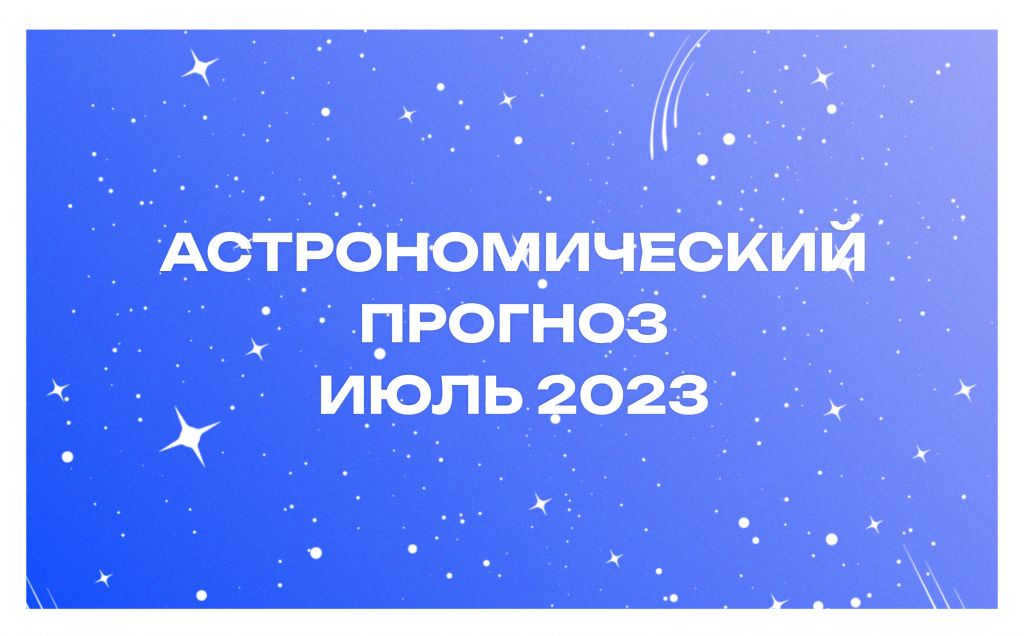
Date: 28.06.2023
In July, we can expect the appearance of beautiful silvery clouds in the sky, coinciding with the Earth’s aphelion.
On July 6, the Earth will reach its maximum distance from the Sun.
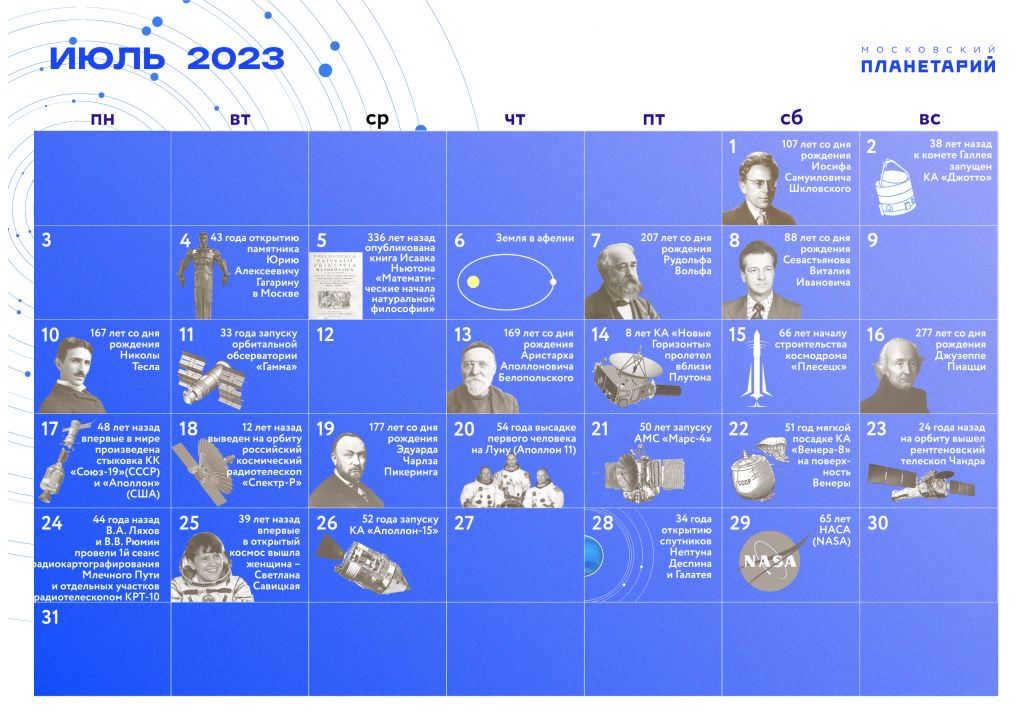
Calendar. July 2023
Important Dates and Events in Astronomy and Astronautics in July 2023:
On July 6, at 23:06 Moscow time, the Earth reached its aphelion, the farthest distance from the Sun: 152,093,251 km (1.0167 a.u.); the apparent diameter of the Sun is the smallest of the year, measuring 31 arc minutes and 31 arc seconds.
On July 7, Anatoly Mikhailovich Cherepashchuk turned 83 years old. Anatoly Mikhailovich is a renowned astrophysicist from the Soviet Union and Russia. He holds a Doctor of Physical and Mathematical Sciences degree and is a Professor and Academician of the Russian Academy of Sciences. From 1986 to 2019, he served as the Director of the P.K. Sternberg State Astronomical Institute. Currently, he holds the position of Scientific Director of the P.K. Sternberg State Astronomical Institute at Lomonosov Moscow State University. He also serves as the Chairman of the Scientific Council on Astronomy of the Russian Academy of Sciences and Deputy Chairman of the Scientific Council of the Moscow Planetarium. Anatoly Mikhailovich is a laureate of the MSU Lomonosov Prize for his outstanding pedagogical contributions and has been honored as a Commander of the Order of Alexander Nevsky.
On July 21, 50 years ago, on July 21, 1973, the AMS Mars-4 spacecraft was launched as part of the “Mars” program, which aimed to explore the planet Mars through a joint flight of four spacecraft: “M-4”, “M-5”, “M-6”, and “M-7”. The spacecraft “Mars-4” and “Mars-5” (modification M-73C) were intended to enter orbit around the planet and establish communication with automatic Martian stations designed to operate on the surface. The Mars-6 and Mars-7 spacecraft carried descent vehicles with automatic Martian stations. However, due to a malfunction in one of the onboard systems, the braking propulsion system of Mars-4 was not activated, causing the AMS to pass by the planet on a flyby trajectory, approaching at a minimum distance of 1844 km, and continuing its flight in a heliocentric orbit.
On July 29, 65 years ago, on July 29, 1958, the National Aeronautics and Space Administration (NASA) was established. (NASA) is a governmental organization of the United States.
On July 25, 50 years ago, on July 25, 1973, the AMS Mars-5 spacecraft was launched as part of the “Mars” program, which aimed to explore the planet Mars through a joint flight of four spacecraft: “M-4”, “M-5”, “M-6”, and “M-7”. The spacecraft “Mars-4” and “Mars-5” (modification M-73C) were intended to enter orbit around the planet and establish communication with automatic Martian stations designed to operate on the surface. The Mars-6 and Mars-7 spacecraft carried descent vehicles with automatic Martian stations. Unlike the identical AMS Mars-4, the Mars-5 station successfully entered orbit around the planet. However, a breach in the instrument compartment’s tightness occurred immediately, resulting in the station’s operation lasting only about two weeks.
Astrological timetable for July 2023
The schedule is provided in Moscow time (and will be later in the article). Tmsk = UT + 3h (where UT stands for Universal Time).
The Moon is in phase F (0.0+-): F = 0.00(new moon), F = 0.50+(first quarter), 1.00(full moon), F = 0.50-(last quarter); the stars have their magnitude (+-0.0m)
In the twilight sky during the entire month of June, there is a high chance of seeing silvery clouds.
On July 1, Mercury is in upper (outer) conjunction with the Sun at 08:00.
On July 1, Venus (-4.5m) passes 3°33' north of Mars (+1.7m) at 15:21 (the planets’ approach is visible in Moscow from 21:50 to 23:15).
On July 1, the Moon (F= 0.94+) passes 1°28' north of Antares (+0.96m) at 10:53.
On July 1, Neptune is in station with a transition from direct motion to sideways at 17:00.
On July 3 at 14:41 Moscow time, there is a Full Moon.
On July 5 at 01:29, the Moon is at the perigee of its orbit at a distance of 360149 km from Earth (apparent diameter 33′11″).
On July 6 at 23:06, Earth is at aphelion (farthest distance from the Sun) with a distance to the Sun of 152,093,251 km (1.0167 a.u.). The Sun’s apparent diameter is the smallest of the year (31 arc minutes and 31 arc seconds).
On July 7, the Moon (F= 0.82-) passes 2°25' south of Saturn (+0.6m) at 08:00. From Moscow, the pair will be visible shortly after its rising at 23:06, and shortly before its setting at 09:06.
On July 8, Mercury (-1.5m) passes at 4°53' south of Pollux (+1.14m) at 02:09.
On July 8, the Moon (F= 0.67-) passes 2.7° south of Neptune (+7.9m) at 17:11.
On July 10 at 04:49 Moscow time, there is a last quarter.
On July 10, Mars (+1.8m) passes 0°38' north of Regulus (+1.35m) at 20:37.
On July 10, Venus (-4.7m), Mars (+1.8m), and Regulus (+1.35m) approach 5° at 23:39.
On July 12, the Moon (F= 0.31-) passes 2°13' north of Jupiter (-2.3m) at 00:20.
On July 12, the Southern Delta Aquariids meteor shower begins.
On July 12, the Moon (F= 0.23-) passes 2°16' north of Uranus (+5.7m) at 20:46.
On July 13, the Moon (F=0.21-) passes 1.7° south of the Pleiades star cluster (M45).
On July 14, the Moon (F=0.12-) passes 8° north of Aldebaran (+0.9m) at 08:04.
On July 16, Venus (-4.7m) passes 1.7° south of Regulus (+1.35m).
On July 17, the Moon (F=0.001-) passes 1°45' north of Pollux (+1.14m) at 19:22. The evening visibility of Venus ends.
On July 17 at 21:33 Moscow time, there is a New Moon.
On July 19, the Moon (F= 0.02+) passes 3°30' north of Mercury (-0.6m) at 12:00.
On July 19, the Perseids meteor shower activity begins.
On July 20 at 09:58, the Moon is at the apogee of its orbit at a distance of 406289 km from Earth (apparent diameter 29′25″).
On July 20, the Moon (F= 0.06+) passes 7°00′ north of Venus (-4.6m) at 12:00.
On July 20, the Moon (F= 0.07+) passes 4°09′ north of Regulus (+1.35m) at 17:32.
On July 21, Venus is in waxing and waning from direct to sideways at 02:00.
On July 21, the Moon (F=0.10+) passes 3°16' north of Mars (+1.8m) at 12:00.
On July 24, Venus (-4.4m) passes 4°26' north of Regulus (+1.35m) at 03:00.
On July 25, the Moon (F= 0.07+) passes at 2°46' north of Spica (+0.98m) at 06:40.
On July 26 at 01:08 Moscow time, there is a first quarter.
On July 27, Mercury (-0.2m), Venus (-4.3m), Mars (+1.8m), and Regulus (+1.35m) approach 13° at 02:56.
On July 27, Mercury (-0.2m) passes 5°00' north of Venus (-4.2m) at 14:08.
On July 28, the Moon (F= 0.78+) passes 1°17' north of Antares (+0.96m) at 20:45.
On July 29, Mercury (-0.1m) passes 0°06' south of Regulus (+1.35m) at 03:00.
On July 30-31, there is the maximum of the Southern Delta Aquarids meteor shower, with up to 25 meteors per hour, radiant from midnight until dawn.
Stargazing in July is not ideal in the middle and particularly in the northern parts of the country. Due to the presence of white nights or polar day, only the most prominent celestial bodies can be observed. The Sun does not descend far beneath the horizon, resulting in scattered sunlight in the atmosphere that hampers the visibility of dim and hazy objects in outer space.
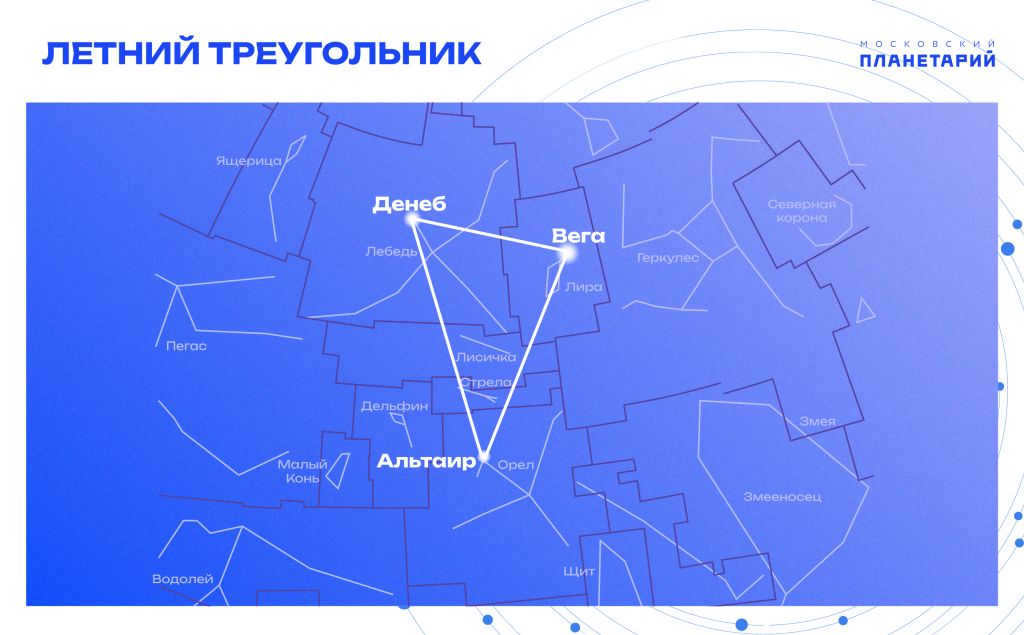
Once the clock strikes midnight, the constellations Swan, Lyra, and Eagle emerge in the sky, with their brightest stars, Deneb, Vega, and Altair, creating the well-known asterism called “The Summer Triangle.” Additionally, Sagittarius can be seen near the horizon, while Pegasus is situated to the east.
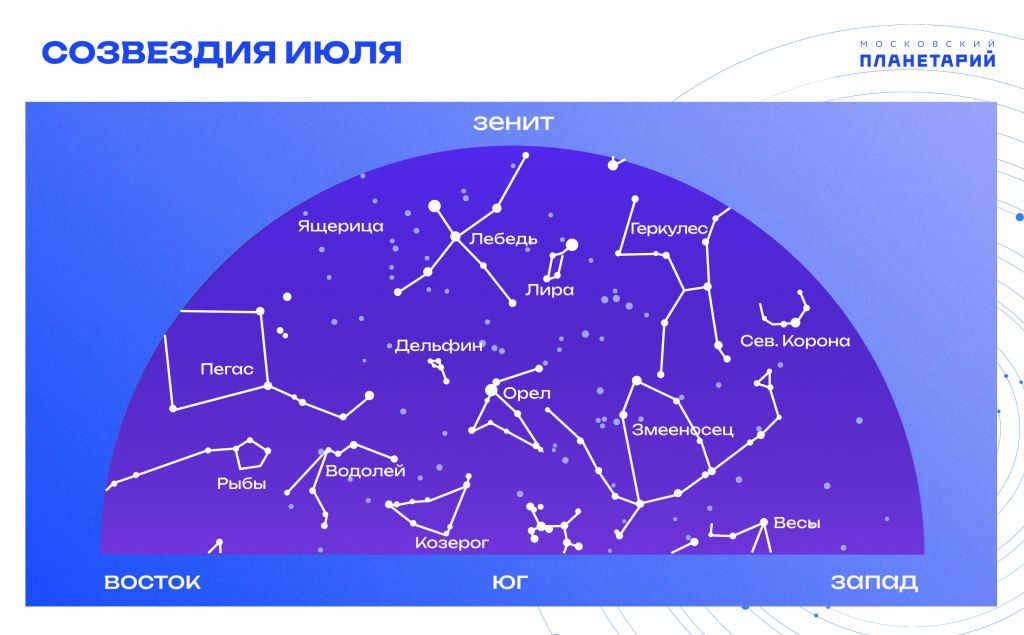

To the right of Lyra, you can find the constellation Hercules, a mighty hero from ancient Greek mythology who defeated the fearsome Nemean Lion, the cunning Lernaean Hydra, and accomplished ten more extraordinary tasks. Towards the west, alongside Hercules, you will spot the constellations Northern Crown and Serpentine.
On the north side and just above the horizon, you will find Perseus and Cassiopeia. To the northeast is Andromeda, while brightly shining in the west is Arcturus from the Magpies constellation. Directly overhead are the constellations Dragon, Cepheus, and the Little Dipper. The Big Dipper graces the northwest, accompanied by the Hound Dogs.
The Southern Delta Aquariids meteor shower occurs in late July
During the night of July 30-31, stargazers can witness the meteor shower known as the Southern Delta Aquariids, which originates from the Aquarius constellation. This shower reaches its peak activity, with an estimated rate of up to 25 meteors per hour, according to forecasts from the International Meteor Organization (IMO). The Southern Delta Aquariids stream remains active from July 18 to August 21. This particular meteor shower is best observed in the Southern Hemisphere, where the radiant point rises higher above the horizon.
The radiant point can be found within the Aquarius constellation and is visible during the night and early morning hours. In regions located in the northern latitudes, observers can have the best viewing experience in clear weather conditions before dawn, when the radiant point is positioned at its highest point (18 degrees) above the horizon.
Unfavorable Observing Conditions for Southern Delta Aquariids Meteors in 2023
Watching the Shimmering Clouds
During the summer season, the stars lose their twinkle, as the days become longer and brighter. However, the twilight captures our attention, as the sky becomes adorned with shimmering silver clouds!
July offers an excellent chance to witness and observe these mesmerizing silvery clouds, which can be seen throughout the entire summer period.
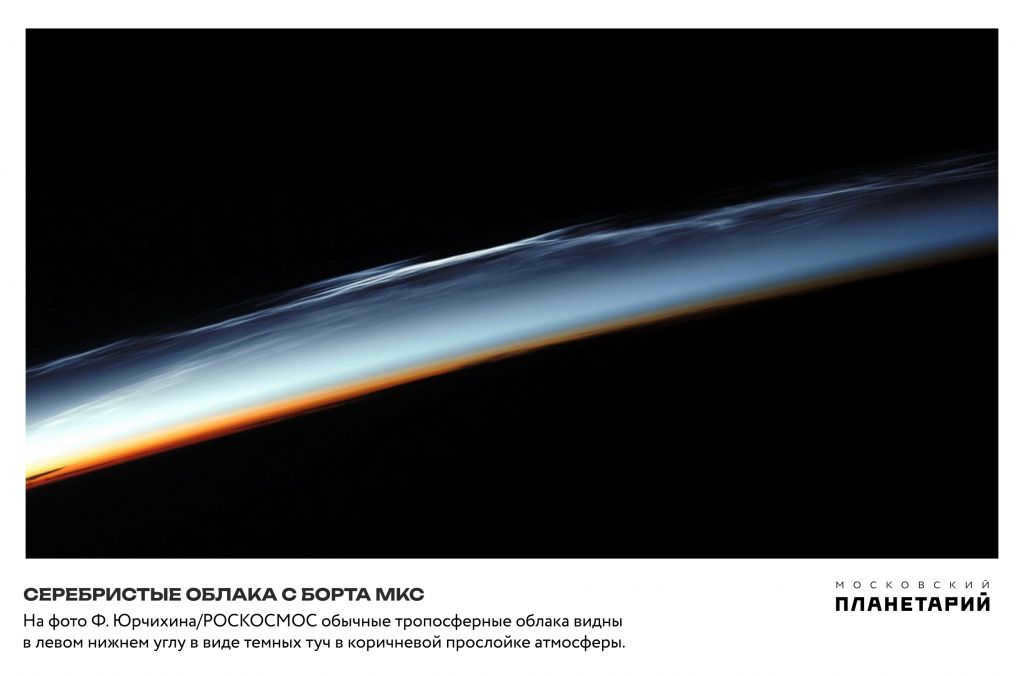
Silver clouds are created in the higher atmosphere, specifically at altitudes ranging from 70 to 95 kilometers. These clouds are illuminated by the Sun, which is positioned just below the horizon. As a result, in the Northern Hemisphere, they can be seen in the northern part of the sky, while in the Southern Hemisphere, they are observed in the southern part.
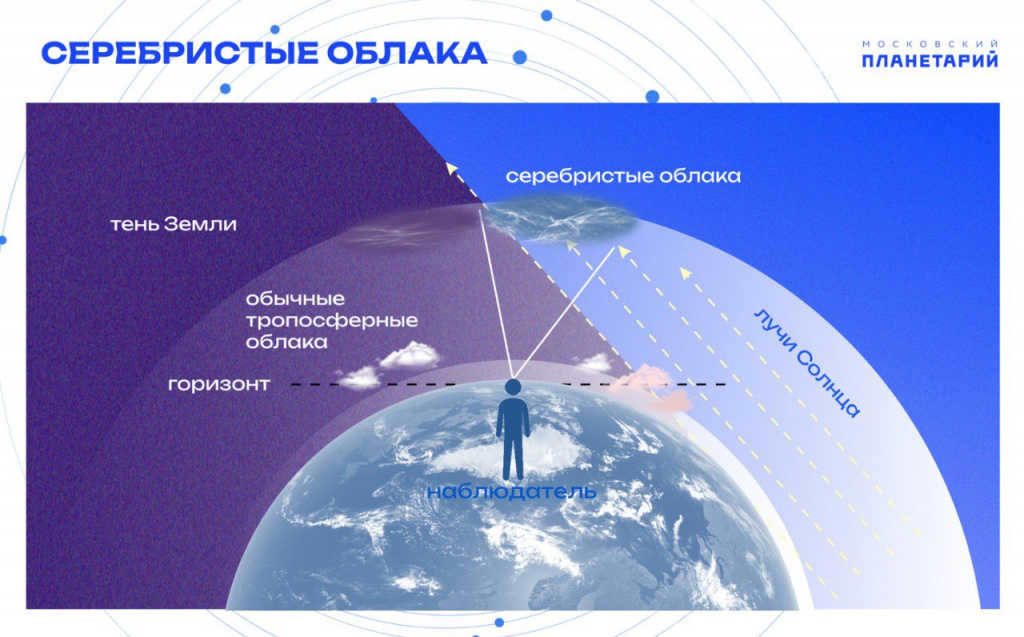
The highest cloud formations in the Earth’s atmosphere, occurring at altitudes of 70-95 km, are known as silver clouds. They are also referred to as polar mesospheric clouds (PMC) or noctilucent clouds (NLC). These light-colored, translucent clouds can sometimes be seen against a dark sky on a summer night at middle and high latitudes.
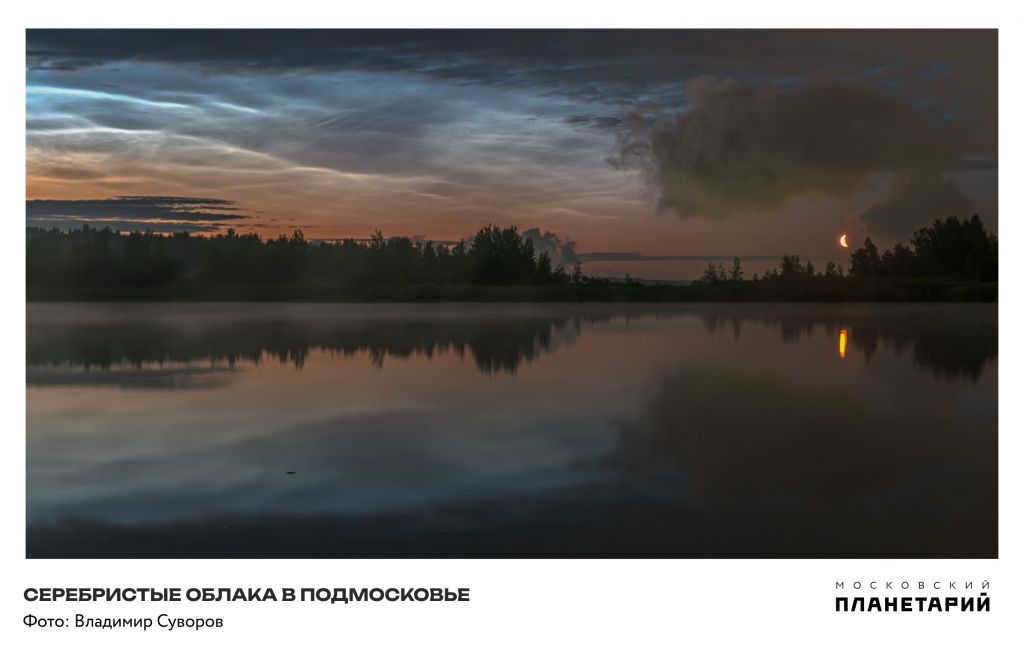
July 6 marks Earth’s aphelion
During the month of July, as summer reaches its peak, a significant astronomical event occurs. On July 6, 2023, the Earth reaches its aphelion, the farthest point in its elliptical orbit around the Sun.
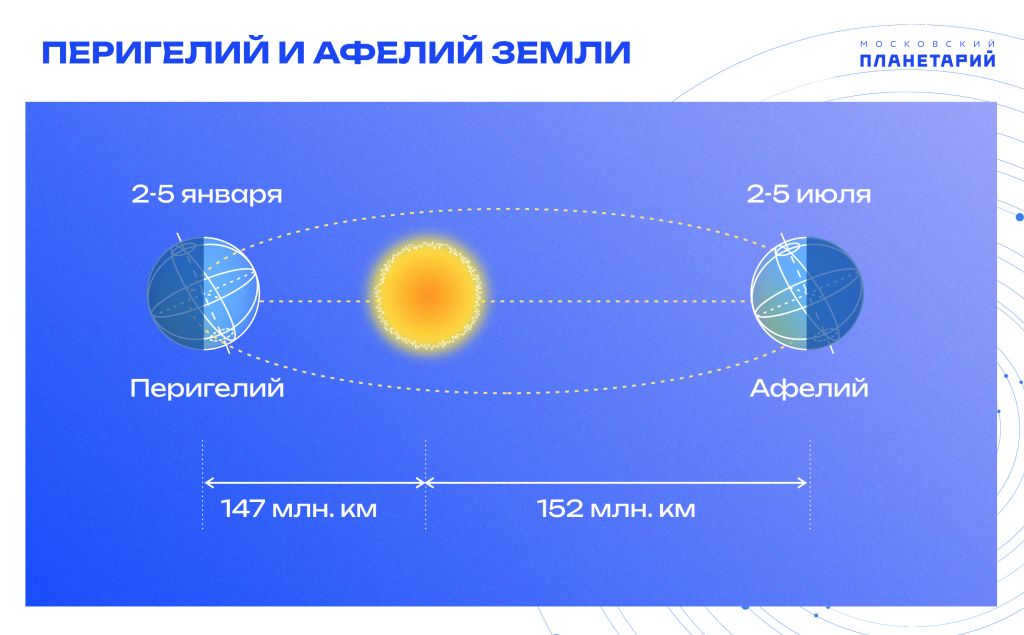
The term “aphelion” originates from Greek and means “away from the Sun.” Astronomers use this term to describe the point in the orbit of any celestial body that is farthest from our star.
On July 6, 2023, at 23:06 Moscow time, the Earth’s annual orbit around the Sun will bring it to aphelion – our planet will be at the furthest point of its orbit from the Sun, at a distance of 152,093,251 km (1.0167 a.u.). The visible size of the Sun on this day is the smallest of the year, measuring 31 arc minutes and 31 arc seconds.
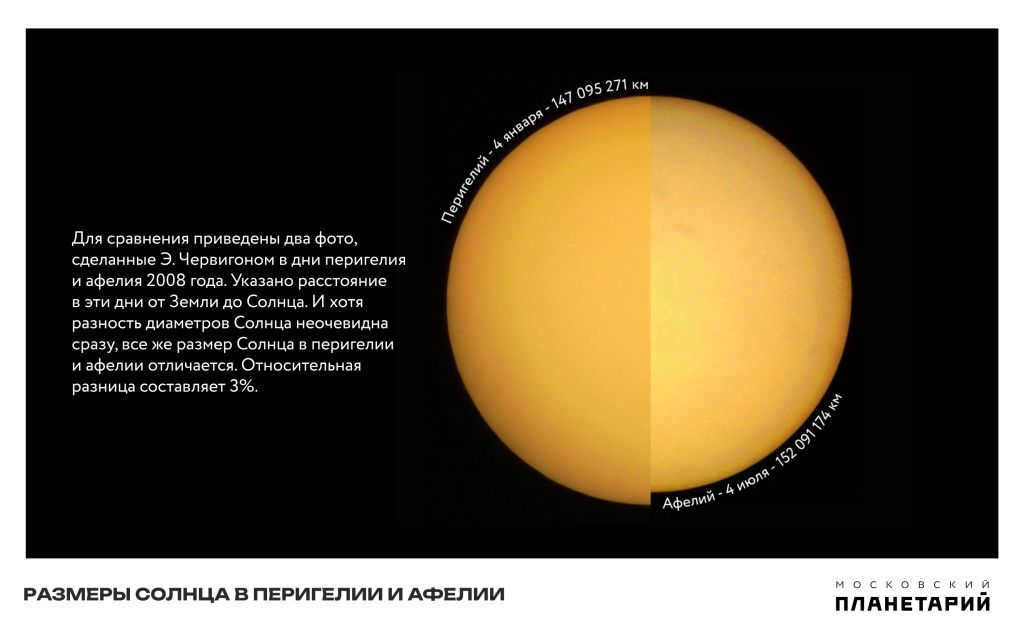
The Sun
The Sun has a minimum apparent diameter and can be observed moving through the constellation Gemini until July 20. After that, it transitions into the constellation Cancer and remains there for the rest of the month. Throughout July, the declination of daylight gradually decreases, resulting in shorter days. At the beginning of the month, the day lasts for 17 hours and 27 minutes, but by the end of the month, it decreases to 16 hours and 08 minutes. These changes in daylight duration are specific to the latitude of Moscow. Additionally, the noon altitude of the Sun in Moscow decreases from 57 to 52 degrees over the course of the month. It is also worth noting that evening astronomical twilight will overlap with morning twilight until July 22. Therefore, for those living in middle latitudes, the opportunity to see a deep starry sky will only arise towards the end of July.
July is one of the most advantageous times of the year for observing the sun. You can observe spots and other formations on the sun’s surface using a telescope, binoculars, or even with the naked eye (if the spots are big enough).
However, it is important to note that when observing the sun through a telescope or other optical devices, it is essential to use a solar filter on the aperture.
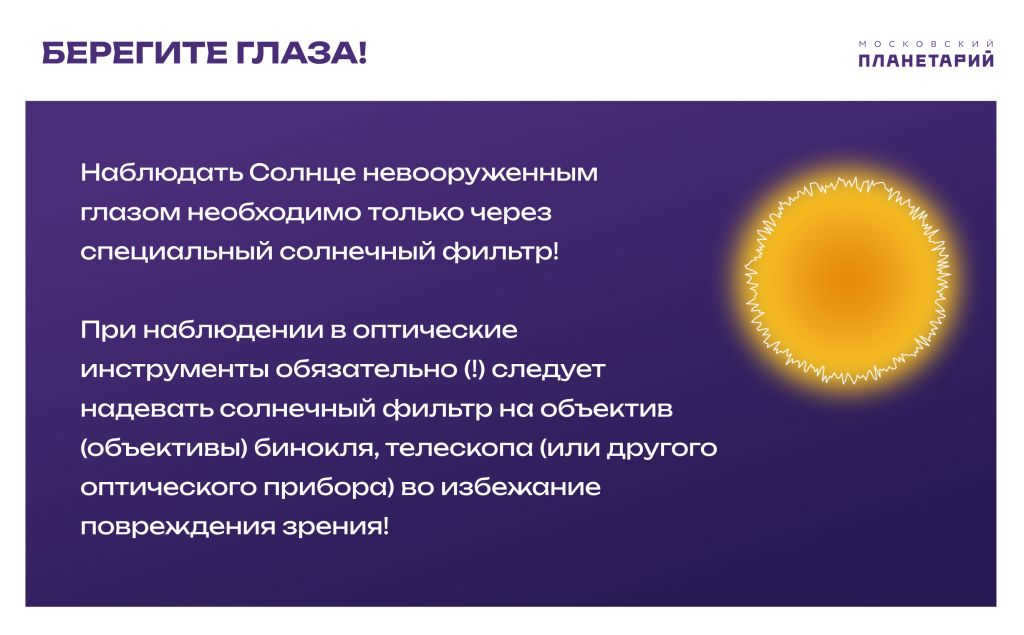
Space weather forecast for July 2023
Moon
🌕︎ July 3 (2:41 p.m. Moscow time) – Full Moon
PERIGEE: On July 5, the Moon will be at the closest point to Earth in its orbit, which is about 360149 km away at 01:29.
🌗︎ July 10 (04:49 Moscow time) – last quarter
🌑︎ July 17 (21:33 Moscow time) – New Moon
APOGUE: On July 20, the Moon will be at the farthest point from Earth in its orbit, which is about 406289 km away at 09:58.
🌓︎ July 26 (01:08 Moscow time) – first quarter
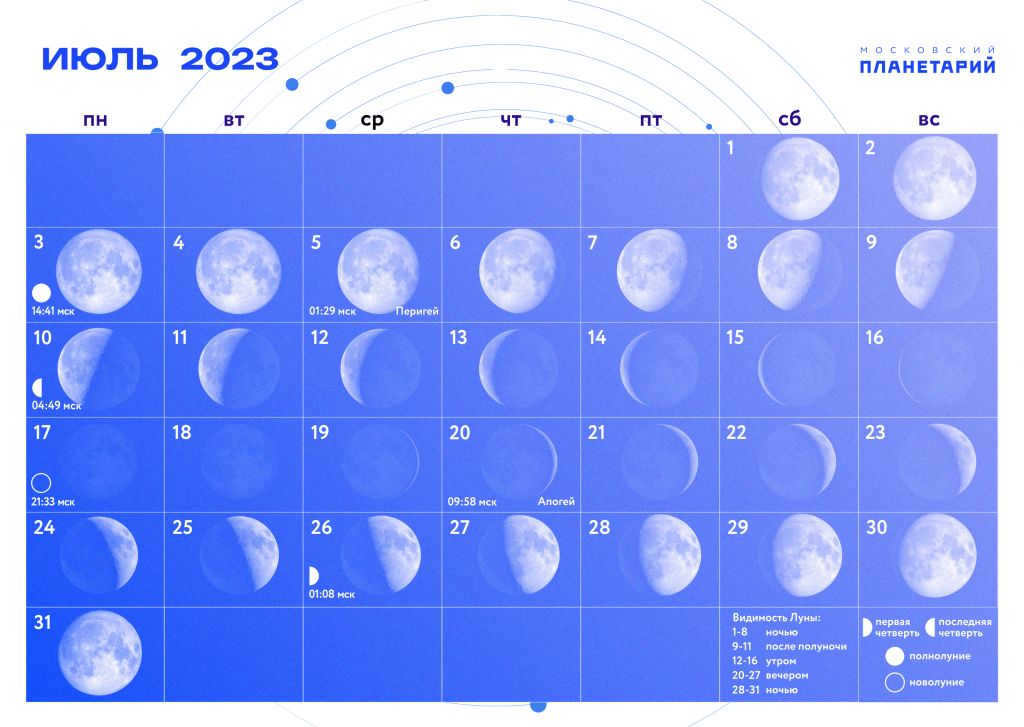
Moon’s Visibility in July 2023:
Conjunctions of the Moon with Planets and Bright Stars in July 2023:
On July 1, the Moon (F=0.94+) will pass 1°28′ north of the Antares star (+0.96m) at 10:53.
On July 7, the Moon (F=0.82-) will pass 2°25′ south of Saturn. Saturn (+0.6m) at 08:00.
On July 8, the Moon (F=0.67-) will pass 2.7° south of Neptune (+0.6m) at 08:00. Neptune (+7.9m) at 17:11.
On July 12, the Moon (F=0.31-) will pass 2°13′ north of Jupiter (+7.9m) at 17:11. Jupiter (-2.3m) at 00:20.
On July 12, the Moon (F=0.23-) will pass 2°16′ north of Uranus (-2.3m) at 00:20. Uranus (+5.7m) at 20:46.
On July 13, the Moon (F=0.21-) will pass 1.7° south of the Pleiades star cluster (M45).
On July 14, the Moon (F=0.12-) will pass 8° north of Aldebaran (+0.9m) at 08:04.
On July 17, the Moon (F=0.001-) will pass 1°45′ north of Pollux (+1.14m) at 19:22.
On July 19, the Moon (F=0.02+) will pass 3°30′ north of Mercury (-0.6m) at 12:00.
On July 20, the Moon (F=0.06+) will pass 7°00′ north of Venus (-4.6m) at 12:00.
On July 20, the Moon (F=0.07+) will pass 4°09′ north of Venus (-4.6m) and also pass by Regulus (+1.35m) at 17:32.
On July 21, the Moon (F=0.10+) will pass 3°16′ north of Mars (+1.35m) at 17:32. Mars (+1.8m) at 12:00.
On July 25, the Moon (F=0.07+) will pass at 2°46′ north of Spica (+0.98m) at 06:40.
On July 28, the Moon (F=0.78+) will pass 1°17′ north of Antares (+0.98m) at 06:40. Antares (+0.96m) at 20:45.
Planets
What to Expect in July 2023: Planetary Conjunctions
On July 1, Mercury is in upper conjunction with the Sun at 08:00.
On July 1, Venus (-4.5m) passes 3°33′ north of Mars (+1.7m) at 15:21. The planetary conjunction can be seen in Moscow from 21:50 to 23:15.
On July 1, Neptune transitions from waxing to waning from direct to sideways at 17:00.
On July 7, Saturn (+0.6m) passes 2°25′ north of the Moon (F=0.82-) at 08:00. The pair will be visible shortly after rising at 23:06 and shortly before setting at 09:06.
On July 8, Mercury (-1.5m) passes 4°53′ south of Pollux (+1.14m) at 02:09.
On July 10, Mars (+1.8m) passes 0°38′ north of Regulus (+1.35m) at 20:37.
On July 10, Venus (-4.7m), Mars (+1.8m), and Regulus (+1.35m) approach within 5° at 23:39.
On July 12, Jupiter (-2.3m) passes 2°13′ south of the Moon (Ф=0.31-) at 00:20.
On July 16, Venus (-4.7m) passes 1.7° south of Regulus (+1.35m).
On July 17, Venus’ evening visibility comes to an end.
On July 21, Venus transitions from direct motion to sideways at 02:00.
On July 21, Mars (+1.8m) passes 3°16′ south of the Moon (Ф=0.10+) at 12:00.
On July 24, Venus (-4.4m) passes 4°26′ north of Regulus (+1.35m) at 03:00.
On July 27, Mercury (-0.2m), Venus (-4.3m), Mars (+1.8m), and Regulus (+1.35m) approach within 13° at 02:56.
On July 27, Mercury (-0.2m) passes 5°00′ north of Venus (-4.2m) at 14:08.
On July 29, Mercury (-0.1m) passes 0°06′ south of Regulus (+1.35m) at 03:00.
Jupiter is located in the Aries constellation from 1 to 31.
Saturn can be found in the Aquarius constellation from 1 to 31.
Neptune is situated in the Pisces constellation from 1 to 31.
Uranus is positioned in the Aries constellation from 1 to 31.
Venus can be spotted in the Leo constellation from 1 to 31;
Mars is located in the Leo constellation from 1 to 31.
Planetary visibility conditions in July 2023:
Indication at celestial bodies: apparent magnitude (+-0.0m).
Mercury (-0.8m): not visible
Mercury (-0.8m): not visible. On July 1, 2023, Mercury will reach its superior conjunction with the Sun and gradually become visible in the evening sky. It will be obscured by the sunset, appearing very low above the northwestern horizon in the constellations Gemini (1-9), Cancer (10-20), Leo (21-31).
Venus (-4.6 m): visible in the evening
Venus (-4.6 m): visible in the evening. During the start and middle of the month, Venus can be seen low above the northwestern horizon for a maximum of one hour in the constellation Leo. As the month progresses, Venus gradually disappears in the glow of the setting Sun. In mid-July, the planet will only be visible for about 30 minutes in middle latitudes. However, the visibility in the evening will not be ideal due to Venus’ low position above the horizon. After reaching its furthest point from the Sun on June 4, 2023, Venus will continue to move closer to the Sun until it aligns with it on August 13, 2023.
Mars (1.8): in the evening
Mars (1.8): in the evening, during the first half of the month, can be seen low above the northwestern horizon in the constellation Leo. However, it may be difficult to spot as the planet is obscured by the rays of the setting Sun.
From now until mid-July, Mars will only be visible for a short period of time, not exceeding half an hour, in mid-latitudes. The visibility in the evening will be limited due to the bright sunlight and its low position above the horizon. As the month progresses, the size and brightness of Mars will continue to decrease, making it even less favorable for observation. However, despite these challenges, Mars will still be visible in the evening sky as a relatively bright star until mid-autumn, thanks to the reduced daylight hours.
Saturn (+0.8 m): during nighttime
Saturn (+0.8 m): during nighttime Appears low above the southern horizon in the constellation Aquarius.
During the spring season, Saturn gradually moves away from the Sun, leading to increased visibility. The planet with rings follows the same path as the Sun and reached its stationary point on June 18, 2023, before changing direction. After completing a natural loop, Saturn will resume its forward motion on November 4 and continue to travel in sync with the Sun for the remainder of the year. In the summer, the ringed planet can be seen in the twilight sky at night and in the early morning as it approaches its opposition, which is set to occur on August 27, 2023. This is the optimal time to observe Saturn, as it reaches its highest point around midnight in the local area.
Uranus (+5.7 m): during the late night and early morning hours
Uranus (+5.7 m): During the late night and early morning, you can spot Uranus just above the eastern horizon in the constellation Aries. On May 9, 2023, Uranus completed its conjunction with the Sun. In July, especially in areas with lighter nights, Uranus will be visible for over an hour, and by the end of July, this duration will increase to 4 hours. On August 29, 2023, the planet will transition from direct motion to retrograde motion and move towards its opposition, which is set to occur on November 13.
Neptune (+7.9 m): in the early hours and during the morning
Neptune (+7.9 m): in the early hours and during the morning. It is visible above the southeastern horizon for approximately one hour in the constellation Pisces. Observing Neptune requires the use of binoculars or a telescope, as its brightness is around +8m. During the month of June, Neptune can be spotted in the twilight sky from mid-latitudes. In the summer, the farthest planet in the solar system can be observed after midnight and in the morning sky with the assistance of a telescope against the backdrop of the breaking dawn. The optimal period for observing Neptune within our country’s borders is from August to November.
What celestial objects can be observed in July with a telescope?
Telescope owners will have the opportunity to observe the following celestial objects in the sky:
Binary stars: Cassiopeia’s η star, Swan’s β star, Lyra’s δ and ε stars, Scorpius’ β star, B. Bear’s ζ star, Hound Dogs’ α star;
Variable stars: Cepheus’ δ star, Perseus’ β star, Lyra’s β star, Eagle’s η star;
Scattered star clusters: Sagittarius’ M24, Shields’ M11, Swan’s M39, Perseus’ Ϧ and χ stars;
Globular star clusters: Pegasus’ M15, Hercules’ M13, Hound Dogs’ M3, Serpent’s M5;
Nebulae: Foxy’s M27, Lyra’s M57; Sagittarius’ M8 and M17, Snake’s M16;
Galaxies: Big Dipper’s M81 and M82.
Author: Lyudmila Koshman. The content of this article is derived from the Astronomical Calendar for schoolchildren for the 2022-2023 academic year and materials sourced from the website: http://www.astronet.ru
It is required to cite the Moscow Planetarium when referencing the article and its illustrations.

Outer space
In the realm of science fiction literature and film centered on outer space, one frequently encounters the spectacle known as a planetary parade. As the name suggests, this phenomenon involves the sequential alignment of multiple planets, but it also encompasses a multitude of unique characteristics. Contrary to popular belief, the planetary parade is not as infrequent as one might think and is actually observable with greater frequency.
What does the term “parade of planets” mean?
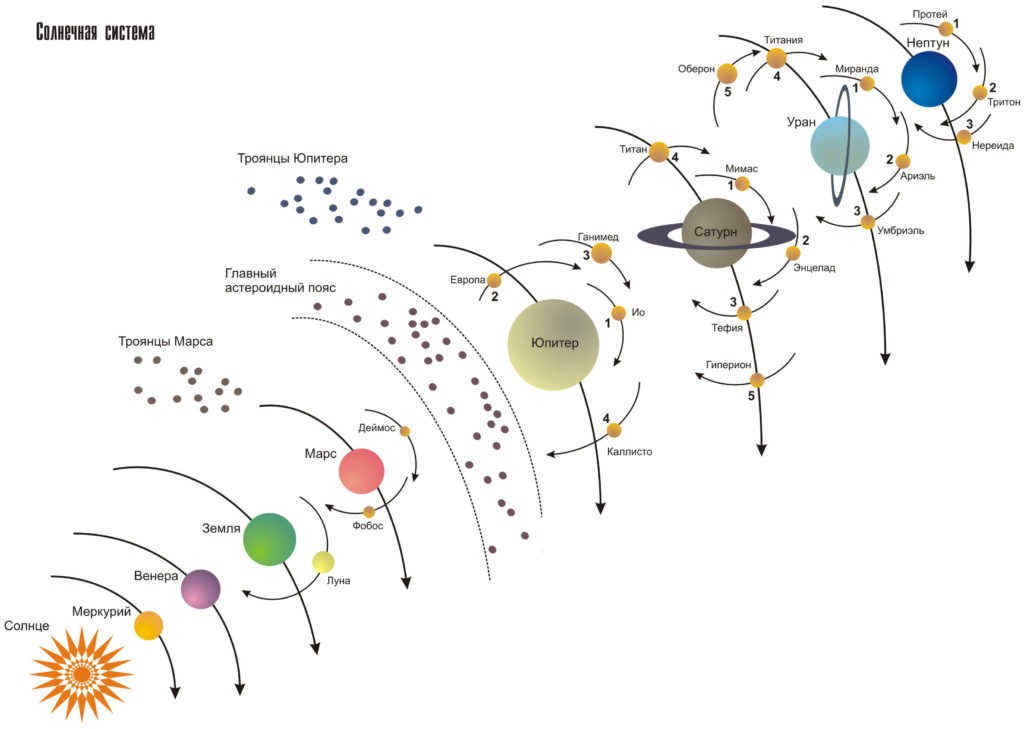
To start with, it is important to grasp the meaning of this definition. A planetary parade refers to an astronomical event where the planets align in a straight line with respect to the Sun. The maximum allowable deviation of the objects is 30 degrees. If a planet deviates beyond this value, it is no longer considered part of the parade. Additionally, the celestial bodies also come closer to each other in the sky during this period.
Fascinating fact: The term “planetary parade” is not recognized as a scientific term. It is used by scientists to simplify the information and make it more accessible to the general public.
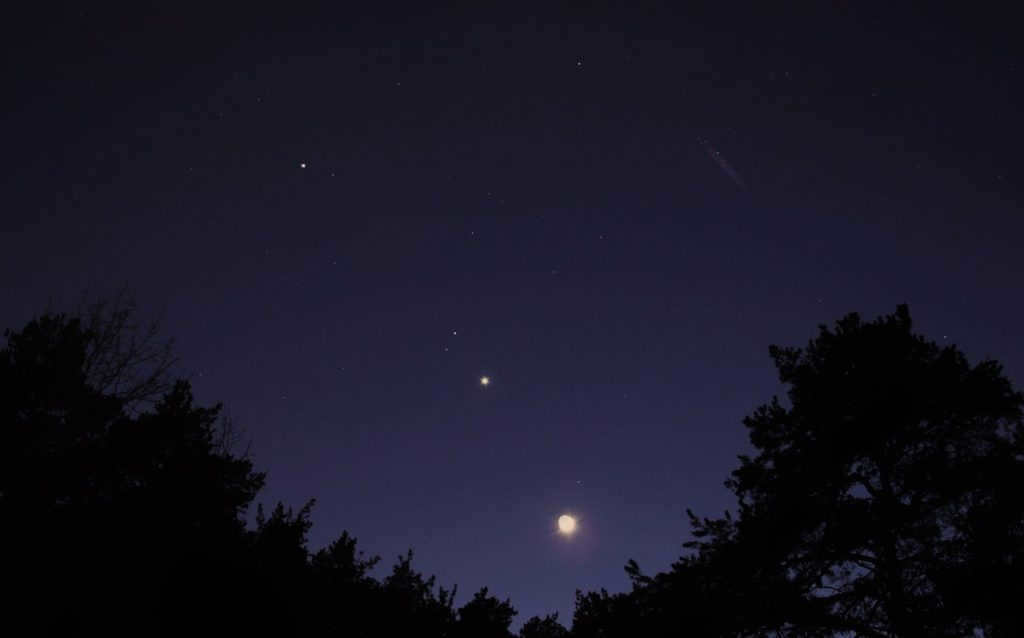
When planets come close to each other in the ecliptic plane, this event is referred to as a conjunction. If they come close enough to be nearly at the same latitude, there are three possible scenarios when observed:
- One planet may be completely or partially obscured by another planet that is closer to the observer;
- The sun can be hidden behind the nearest celestial body;
- A star can be hidden behind the planets that are positioned behind it.
In the field of astronomy, there are no precise criteria or parameters that can accurately determine the start of the alignment process between planets. As a result, these alignments and the celestial bodies involved are determined visually, and overall, this phenomenon is considered to be quite subjective.
However, astrology does not share the same characteristics. In this case, the process of convergence refers to the discovery of planets within the confines of a single constellation. With the clear boundaries of constellations, it becomes possible to accurately identify which celestial bodies have converged and determine their quantity.
Various Types of Planetary Parades
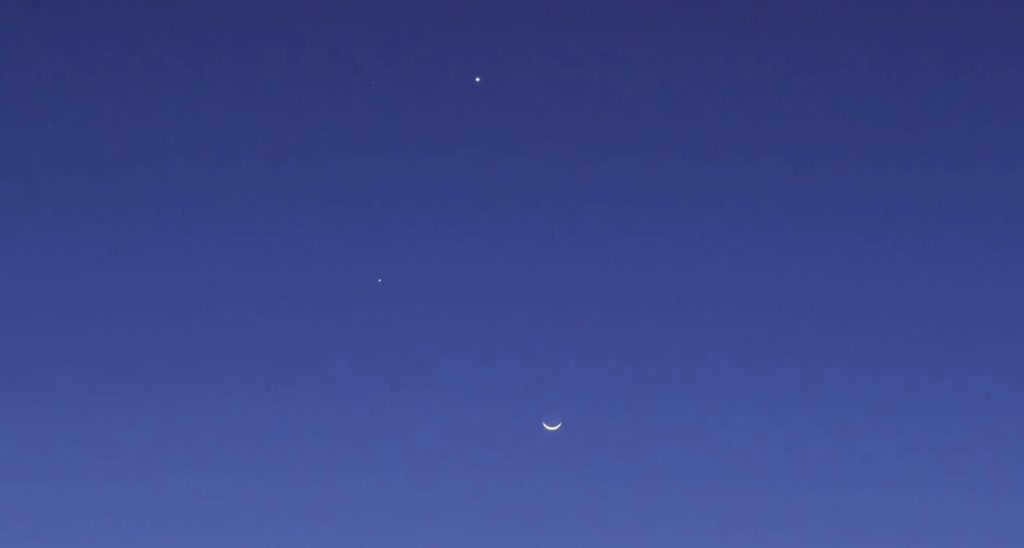
For the sake of convenience, parades are categorized into different types:
- small planetary parade – These are events where four planets participate, and they can usually be observed once a year;
- large planetary parade – They are referred to as large when the number of celestial bodies increases to five or six, but such parades can only be seen once every 20 years;
- mini-parade – the most frequent phenomenon, occurring several times a year, with only three planets participating;
Fascinating fact: A complete alignment of the planets, where the celestial bodies form a perfectly straight line without any deviation, occurs only once every few million years.
Since ancient times, there have been tales that the end of the world will occur on Earth when this rare alignment of planets takes place. This concept has been eagerly embraced by authors of scientific novels and science fiction screenwriters.
How does a planetary alignment affect Earth?
It can be surmised that a planetary alignment would have some impact on Earth. During this phenomenon, the celestial bodies involved exert a gravitational force. However, this force is so minuscule that it is virtually undetectable to living beings.
Jupiter has the most significant effect on Earth compared to other planets. Due to its vast distance, it is challenging to observe visually. To provide a comparison, when the gas giant is at its closest point to Earth, its gravitational pull is 103 times weaker than that of the Moon. While the Moon can generate tides on our planet, reaching heights of up to 15 meters, the influence of Jupiter only produces tides that are a few millimeters high.
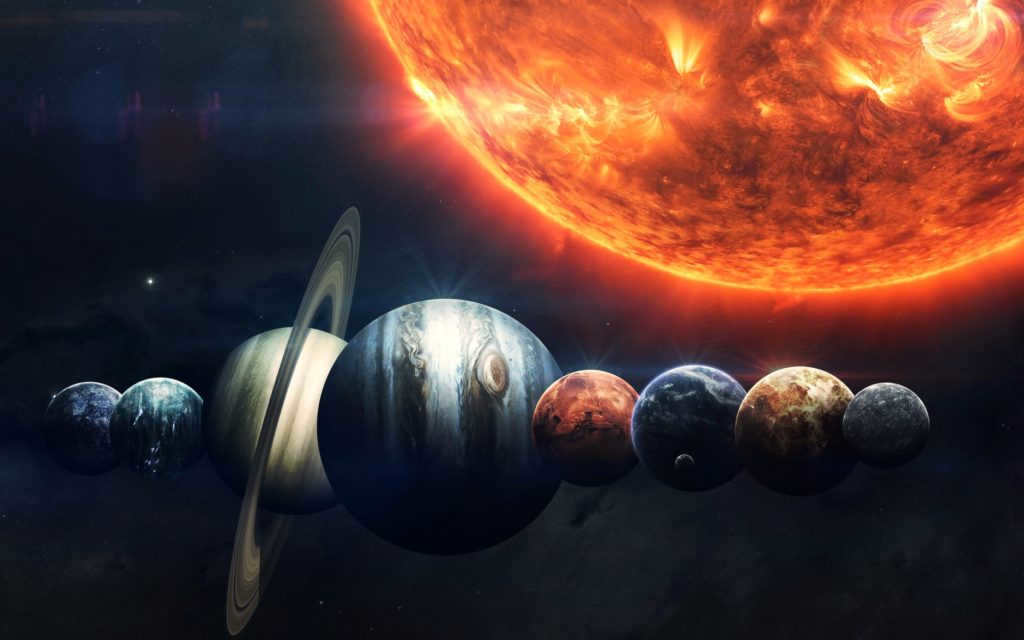

In reality, the other planets in the solar system have a significantly lesser effect on Earth due to their smaller size, and therefore, they are not considered when assessing the potential impact of the celestial alignment. The Sun, on the other hand, does have an impact and is capable of generating tides, albeit with a maximum height of only 2 cm.
These facts make it evident that any concerns regarding the destructive influence of the planetary alignment are unfounded. As a result, there is no possibility of any negative phenomena occurring on Earth as a direct result of this celestial event.
What is the frequency of planet parades?
If someone is interested in witnessing a planet parade, it is important to understand the frequency of each type of this celestial event. Additionally, there is no need to be disappointed if one cannot catch the parade on the first day, as it lasts long enough for everyone to enjoy the spectacle. For instance, in 2020, a major parade involving six planets will occur from early July to mid-August. The participating planets will include Earth, Jupiter, Venus, Mercury, Mars, and Saturn.
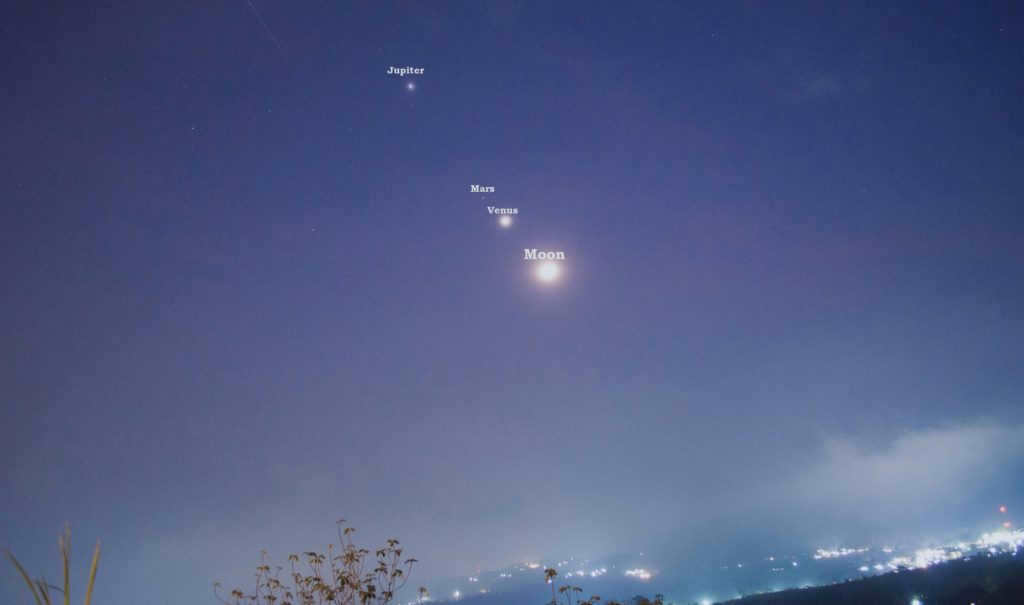
As previously stated, the grand procession occurs approximately once every two decades. Additionally, it consistently includes the presence of Mars, Saturn, and Jupiter, all of which can be observed without the aid of a telescope.
Fascinating tidbit: there was once a hypothesis suggesting that the planetary parade exerted a gravitational influence on the Sun. However, subsequent investigations demonstrated that the star’s behavior remains unaffected during this celestial event.
Every few months, it is possible to witness mini-parades involving three planets. Incomplete parades, on the other hand, occur annually. A full parade, which is a much rarer occurrence, takes place once every 170 years. The duration of these parades varies, with some cases being recorded to last for six months. This extended duration can be attributed to the slow movement of the planets and their fortuitous alignment in space.
Tips for observing the planetary parade
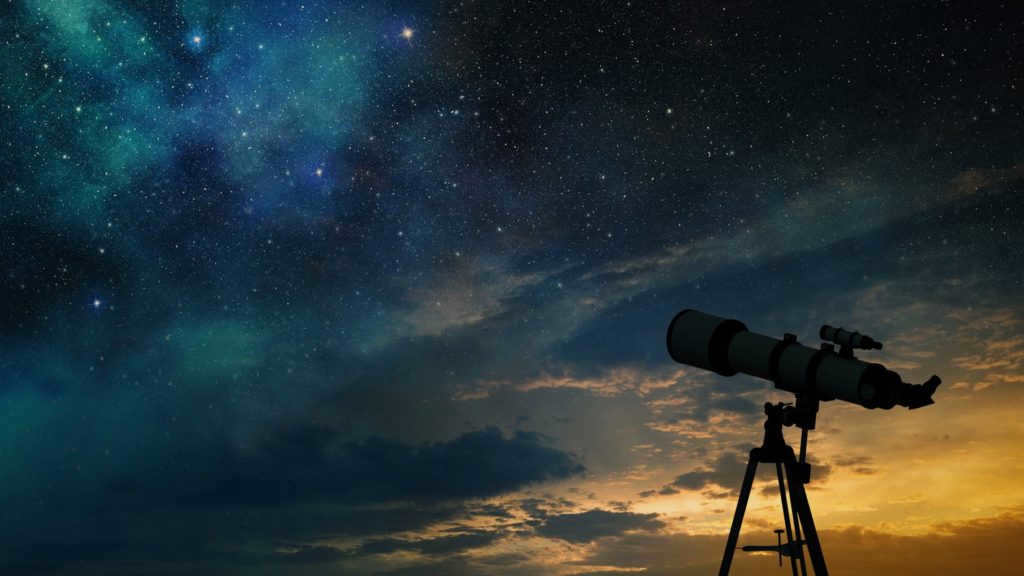
To witness the magnificent display of all five planets in the sky during the grand parade, one must meet a set of challenging criteria. Specifically, Saturn, Jupiter, and Mars must align closely in terms of their longitude, and they should not be obstructed by the planets that orbit closer to the Sun (Mercury and Venus).
This celestial procession can be observed during the nighttime and early morning hours, before the Sun has risen sufficiently above the horizon. Additionally, the positioning of these celestial bodies in space plays a crucial role, as their visibility is restricted to specific regions on Earth. For instance, a mini-parade of three planets was visible with great clarity in Russia back in 2009, whereas it was nearly imperceptible when viewed from other locations.
Which type of optical device is required?
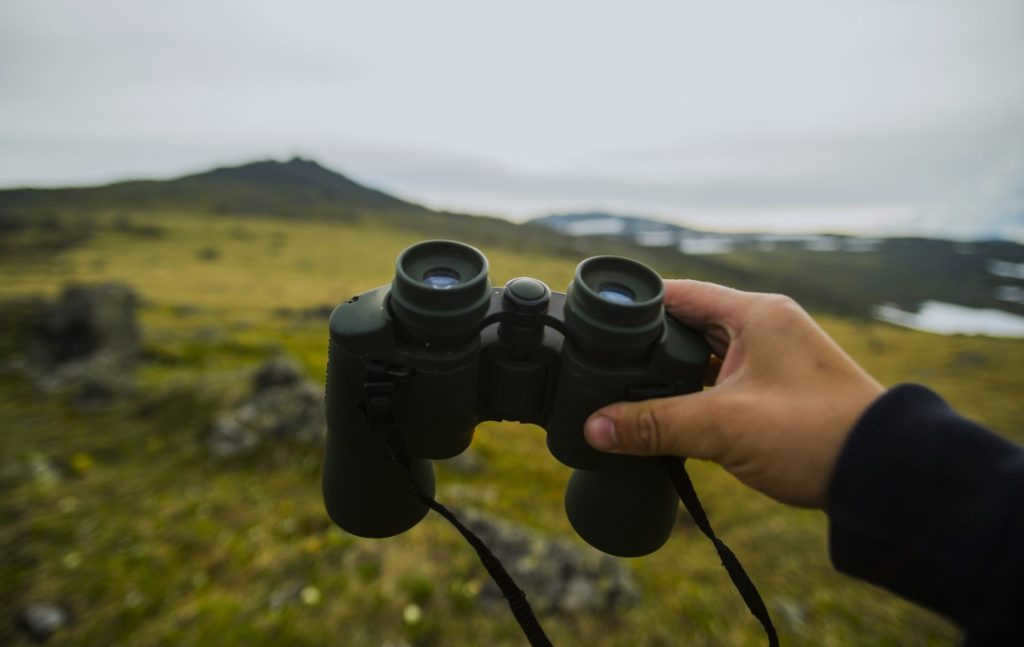

Observing the parade of planets in the sky is possible with the naked eye, but having some kind of optical device that can give a better view of space is beneficial. Without any assistance, celestial objects will appear as small bright spots, slightly larger than stars, and it will be difficult to see any details on them.
Fun fact: Even using binoculars with medium magnification can provide a clear view of the planet contours.
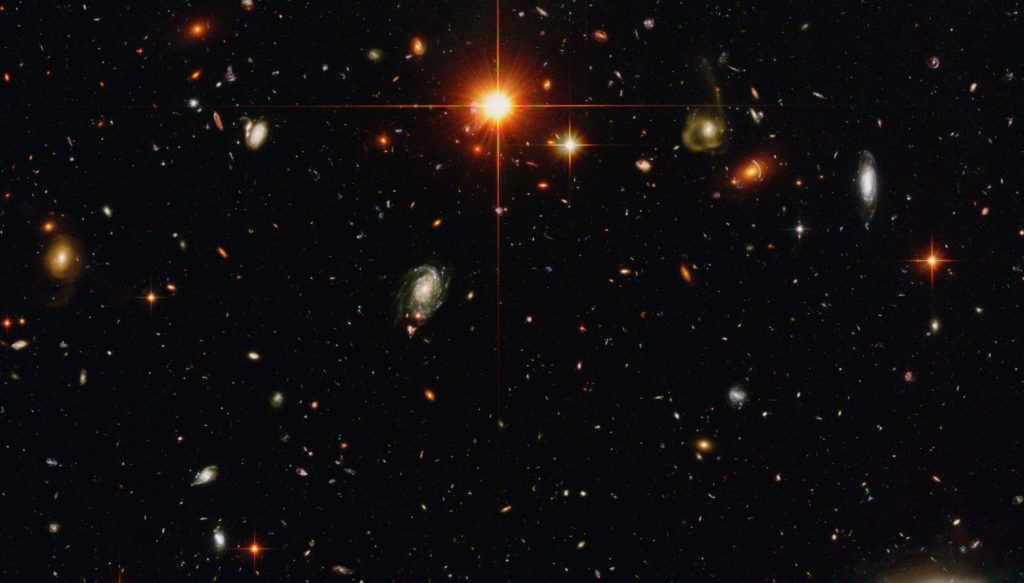
It is not only the planets in our Solar System that have the ability to organize a parade. Occasionally, this phenomenon can be observed in objects located in various parts of the Milky Way galaxy. According to calculations, this event occurs approximately once every 26,000 years, specifically during the winter solstice when the Earth and a specific star align along the equator. As a result, the Sun is positioned in the central region of the Milky Way, causing certain celestial objects within our system to align in a straight line. It is even hypothesized that during this alignment, planets and stars from other galaxies may also align within this plane.
It should be noted that the confirmation of a galactic parade has not yet been established, as astronomers lack the necessary technology to observe the alignment of planets from other systems and document their arrangement in a linear formation.
Despite the absence of direct proof for the existence of a galactic parade, scientists are increasingly considering the possibility of this phenomenon. The Milky Way contains a vast number of systems, making it highly likely that at some point, certain celestial objects within these systems may align with the Sun and Earth on the same plane.
The schedule for the planetary parade
While solar eclipses can be predicted decades in advance, forecasting future planetary parades requires more extensive data. Therefore, detailed information about this phenomenon is currently only available up to the year 2024.
Calendar of Planetary Parades
2020
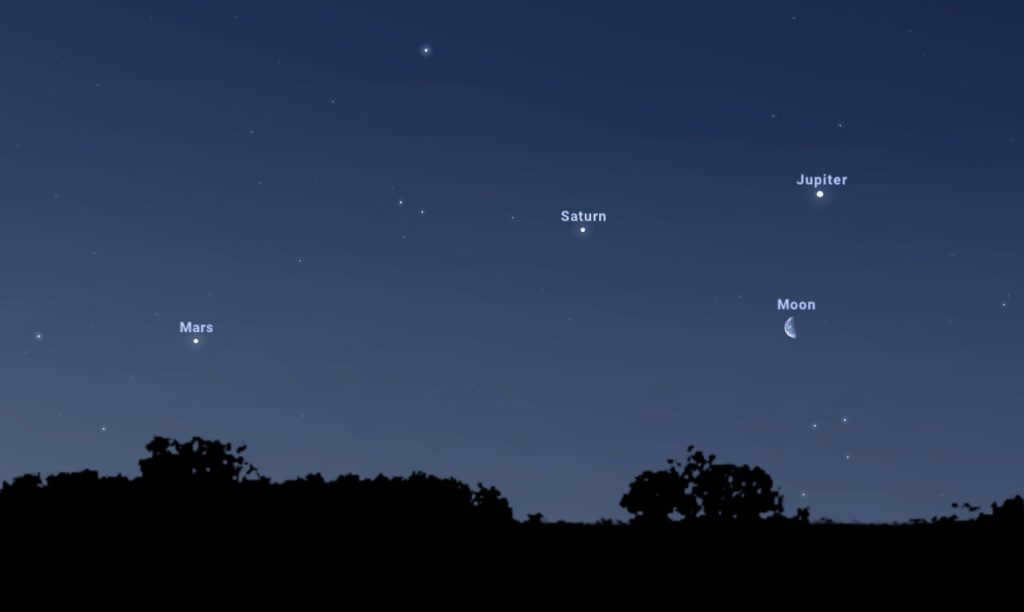
The planetary parade happening from early July to mid-August this year is unique because all six planets are participating. From the start, Earth, Mars, Jupiter, Saturn, and Venus will be aligned on the same plane, and on July 20th, Mercury will join them in the same area. This means that all six celestial bodies will be relatively close to each other in space.
This year is expected to have several planetary parades. The first one will begin on February 6th and last until March. Initially, Venus, Saturn, and Jupiter will be aligned on the same plane, and later on, Mercury will join them. These four planets will be in close proximity, allowing those with strong telescopes to observe them in detail.
2022
Reword the text, making it unique, using the English language while preserving the HTML markup:
2022
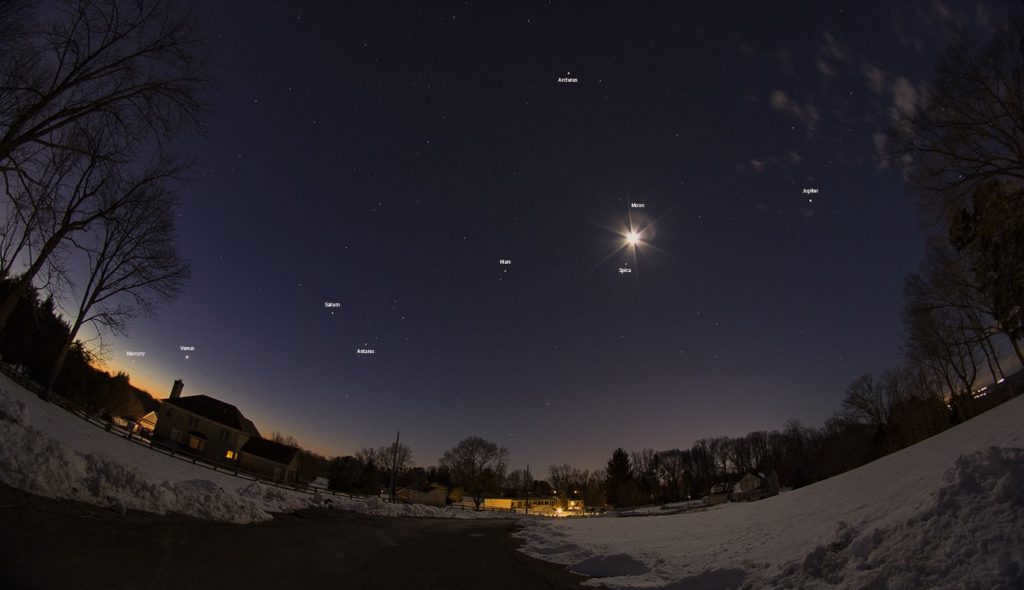
In March, the first procession will commence, with a total of five planets participating. Their high luminosity will allow for observation without the need for additional equipment. However, as these celestial objects will be situated in the 38-degree sector over Russia, they will be nearly imperceptible. On the other hand, observers in the opposite hemisphere will have no difficulty witnessing the planets’ approach.
Despite the fact that the first parade will not be visible to Russian residents, there is no need for them to feel disappointed. During most of June, Saturn, Jupiter, Mars, Mercury, and Venus will be observable in a 115-degree sector. This particular combination of celestial bodies is quite rare, as other combinations of five planets are much more frequently observed. It is recommended to use amateur binoculars for optimal viewing.
Did you know? Mercury and Venus tend to participate in parades more often than the other planets. Additionally, at least one of these planets usually manages to align with the rest of the celestial bodies in the right sector.
2023
In the upcoming year, astronomers are anticipating a unique celestial event that should be closely observed. Participating in this event will be Venus, Saturn, Neptune, Jupiter, Mercury, and Mars. However, it is important to note that these six planets will not align on the same plane simultaneously. This cosmic parade will take place from January to March, during which time the planets will take turns entering and leaving their designated sectors. Only Saturn and Venus will consistently remain part of this event. The other planets will gradually deviate too far from the overall formation and will be excluded.
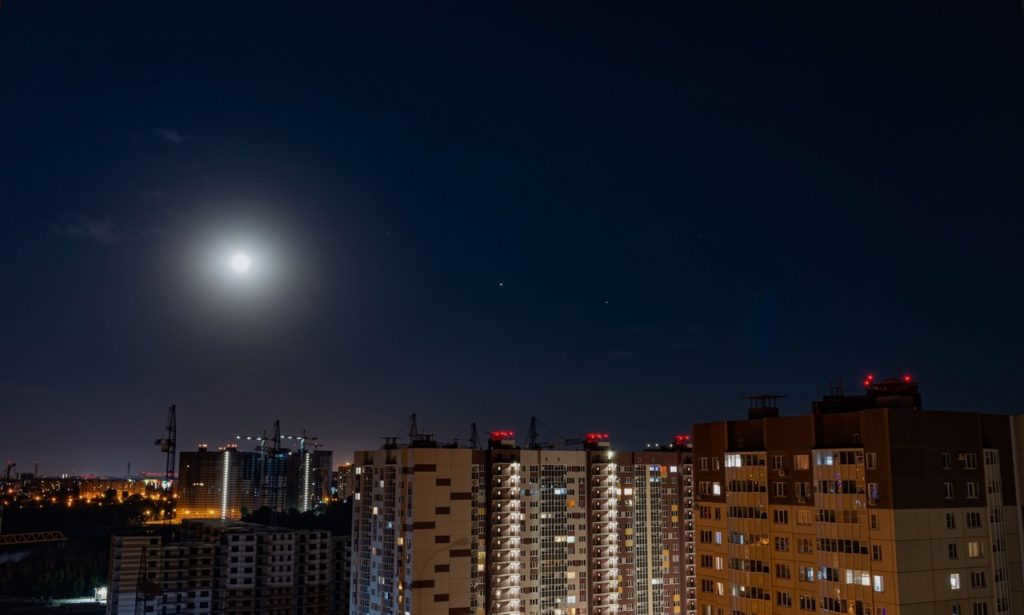
Currently, there is limited information available regarding this year’s planetary parades. It has been confirmed that the inaugural event will commence on January 27th, with Earth, Mars, and Mercury participating. These celestial bodies will align at a relatively close proximity, allowing inhabitants of the third planet from the Sun to easily observe them. However, the optimal viewing conditions will be experienced by residents of North and South America, leaving individuals from CIS countries to anticipate a more favorable alignment in the future.
Renowned Planetary Parades
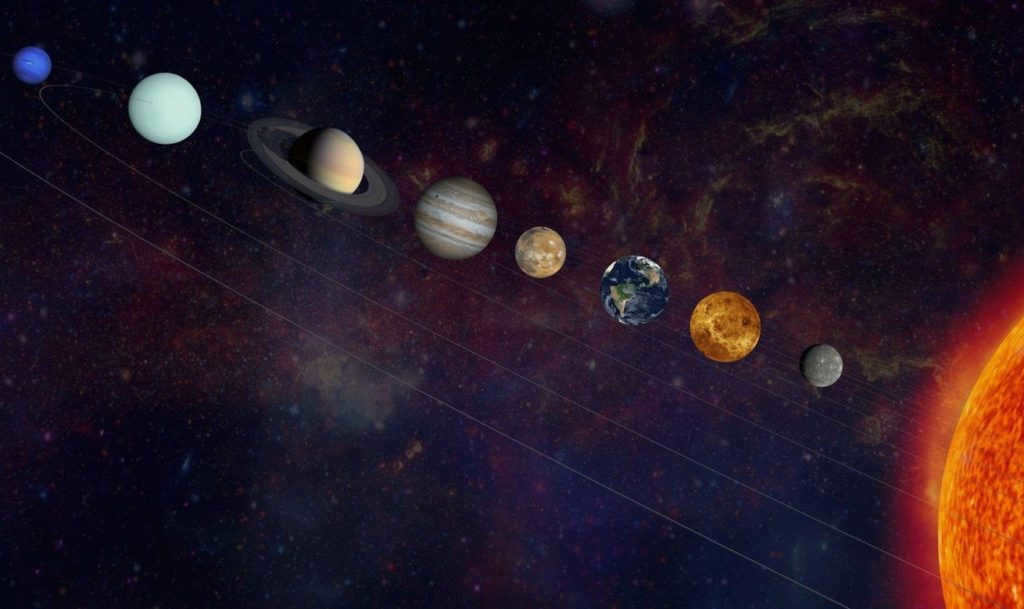

While the parade of planets is a regular occurrence and mini-parades happen multiple times throughout the year, it is rare to witness truly unique events. There have been a few instances with intriguing characteristics.
Fascinating fact: The 1982 parade marked the last occurrence of all nine planets aligning in a straight line. However, since Pluto is no longer classified as a planet, the maximum number of celestial bodies involved in this phenomenon is now eight.
In the spring of 2002, a procession of planets occurred, with Saturn, Mercury, Venus, and Mars aligning in the constellation of Taurus. Meanwhile, Jupiter was situated in the sector of Gemini.
In May 2011, a spectacular parade of five planets could be observed in the morning sky. These celestial bodies, including Uranus, Jupiter, Venus, Mars, and Mercury, were all simultaneously positioned in the constellation of Gemini. They were easily visible even without the aid of specialized equipment.





